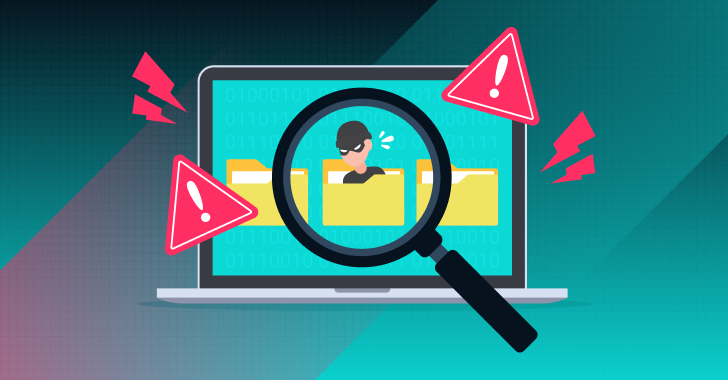The National Institute of Standards and Technology (NIST) is one of the standard-bearers in global cybersecurity. The U.S.-based institute’s cybersecurity framework helps organizations of all sizes understand, manage, and reduce their cyber-risk levels and better protect their data. Its importance in the fight against cyberattacks can’t be overstated.
While NIST hasn’t directly developed standards related to securing the SaaS ecosystem, they are instrumental in the way we approach SaaS security.
NIST recently released its Guide to a Secure Enterprise Network Landscape. In it, they discuss the transformation from on-premise networks to multiple cloud servers. Access to these servers, and the accompanying SaaS apps, is through both secure and unsecured devices and locations across disparate geography.
The move to the cloud has effectively obliterated the network perimeter. As a result, companies have increased their attack surface and are experiencing an escalation of attacks that span across network boundaries.
Rather than focus on network-centric security, security must take a three-pronged approach. The user, endpoint, and application are keys to protecting data. This new paradigm emphasizes the importance of identity, location, and contextual data associated with the user, device, and service.
The Tools to Meet Today’s Challenges
Today’s security tools need to scale to meet the volume, velocity, and variety of today’s applications. They need to integrate seamlessly with SaaS applications and provide coverage for the entire SaaS stack.
To be effective, these tools need to minimize human intervention for monitoring and remediation. Automation is critical for an ecosystem that demands secure configurations for each user account that has access to the application. Large organizations may have millions of configurations to secure across their entire SaaS stack; closing them manually is an impossible task.
SaaS Monitoring
SaaS security tools must be able to integrate with all the apps on the stack and identify each application through the SaaS app’s APIs. Once connected, it must monitor the security configurations, staying alert to any changes. This configuration drift can have severe consequences, as it exposes SaaS applications by removing the safeguards put in place to prevent unauthorized access. It needs to continuously monitor applications, and issue alerts as risk increases.

Contextual Data
Effective SaaS security tools use contextual data to detect threats to the application and its data. These threats can come from humans and machines and may have access to the system using verified credentials.
Contextual data from across the SaaS stack can help identify paradoxical travel, spikes in failed authentication attempts from the same IP address for multiple accounts, or attempts where automated tools test weak and common passwords against known user names. It can also recognize malicious third-party applications that are significantly overprivileged for their functionality.

Device Management
In the world of SaaS, the devices represent the network perimeter. Accessing SaaS applications with devices that have poor hygiene can put all the data at risk. Compromised devices can hand over login credentials to threat actors, who can leverage that into breaching and stealing data.
Effective SaaS security tools partner with endpoint security providers to ensure that the devices that access SaaS apps have an up-to-date operating system, all software has been updated, and any patches have been applied.

User Authentication
While devices may be the perimeter, user ID is the barrier preventing unfettered access to company data. Access should be given using a zero-trust approach. All access should be granted through an SSO connected to an enterprise-managed IdP. Organizations should reinforce this entryway with a phishing-resistant MFA authenticator.

Meeting NIST Standards
Effective SSPM platforms are built on robust security checks that review each SaaS configuration to ensure they are optimized for protection. Typically, security setting recommendations are influenced heavily by NIST’s cybersecurity approach, and their guidance enables SSPM vendors to monitor and track usage, users, and behaviors, as well as identify threats.
About the writer






.webp)









